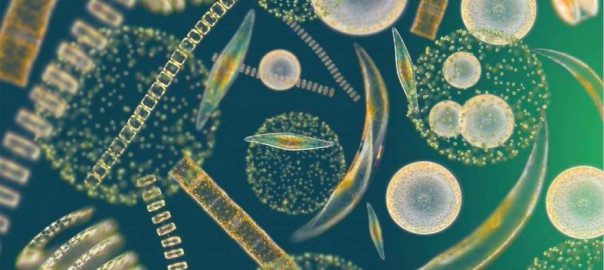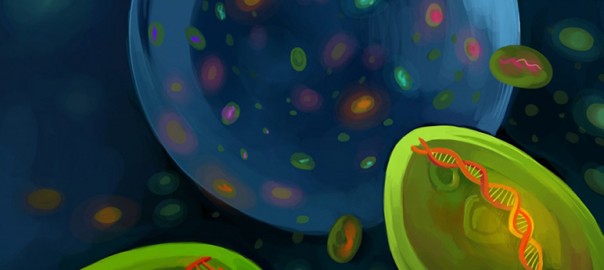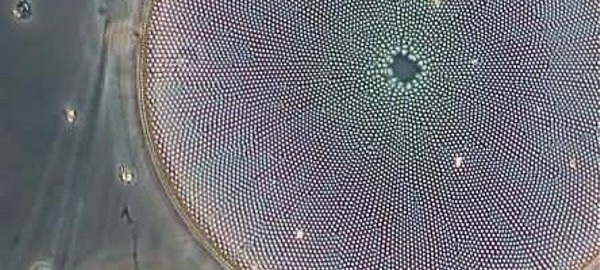by Sergio Vallina
Dept of Marine Biology and Oceanography, Institute of Marine Sciences, Barcelona
How does species richness vary with ecosystem productivity for marine phytoplankton? This question has fascinated biological oceanographers for decades. Phytoplankton communities are composed of many species of unicellular micro-algae. They are at the base of the marine trophic foodweb, growing and surviving by means of photosythesis by fixing CO2; a process known as primary production. Continue reading Phytoplankton Diversity versus Productivity in the Ocean



